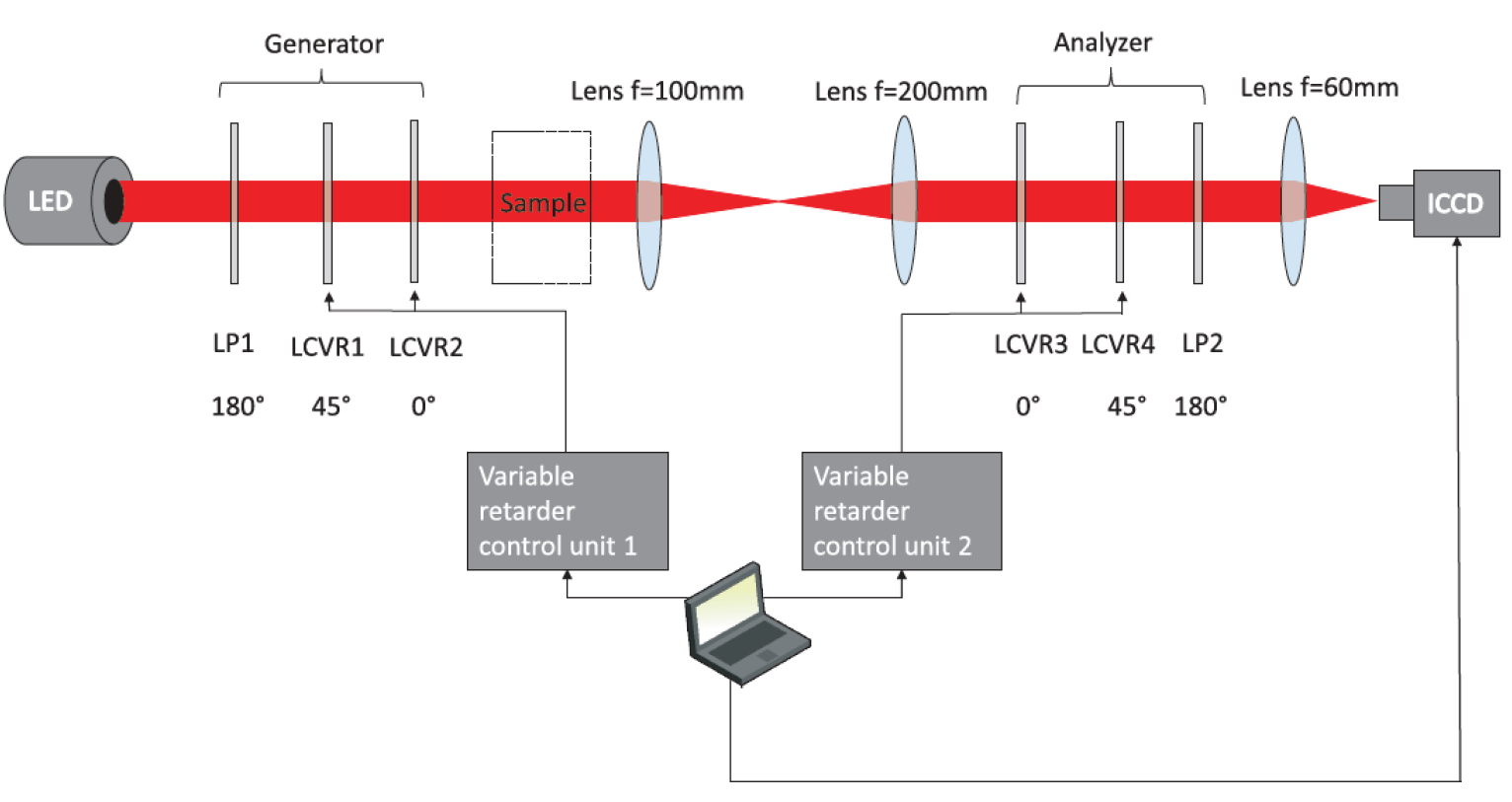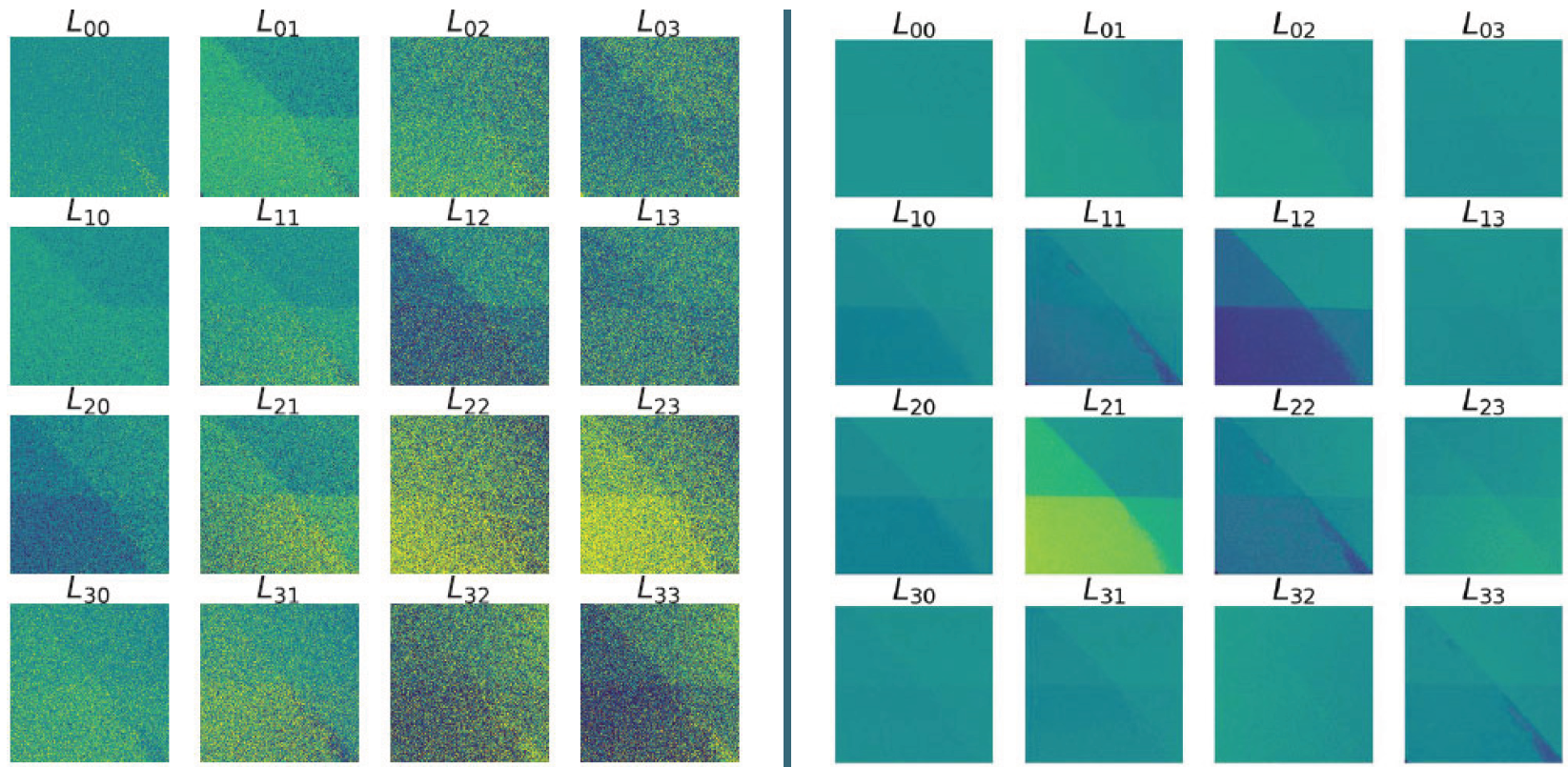Resources
 Part of the Oxford Instruments Group
Part of the Oxford Instruments Group
Expand
Collapse
 Part of the Oxford Instruments Group
Part of the Oxford Instruments Group
Mueller polarimetry is a relatively new method being developed for use in a wide range of applications, one of which is the measurement of electric fields in systems where plasma interacts with dielectric targets. The focus is on non-thermal atmospheric pressure plasmas, which feature very low light output, small spatial scales (sizes in the millimeter range and below), short lifetimes (between 10 nanoseconds and a few microseconds), high gradients of all properties except heavy particle temperature and very fast dynamics. As the example of the latter, the discharges of this type are not stable state plasmas, but consist of the repeated appearance of travelling ionization waves moving at speeds of 105-106 m/s. It is easy to understand that any application involving this type of discharges requires a detector with the possibility of very short and very precisely controlled gating times, yet able to detect light almost at the level of individual photons. Consequently, ICCD cameras are often used while working with these types of plasmas. When the field of non-thermal atmospheric pressure plasmas meets the field of Mueller polarimetry, the requirements on the equipment remain high, as within Mueller polarimetry the goal is to determine the full polarization state of the probing light and its changes in the system with a high degree of accuracy, but still time-resolved on a nanosecond timescale.

Figure 1: Experimental setup. Picture adapted from [1].
Mueller polarimetry is an experimental technique for the determination of the Mueller matrix, which contains the complete information on the polarimetric properties and response of a sample. One chooses to perform polarimetric measurements when the polarimetric data can give information about the sought-after properties, in our case on the electric field in the interaction of a plasma and a dielectric sample. The choice of Mueller polarimetry over Jones polarimetry is made in order to account for imperfections in the system, which is not available in the Jones formalism.
However, when Mueller polarimetry is done on highly dynamic systems such as a non-thermal atmospheric pressure plasma interacting with a target, low exposure times decrease the signal/noise ratio, making optimization necessary.
The choice for optimization through overdetermination is clearly applicable for reproducible systems that are repeated in well-defined time increments, like the interaction of a kHz plasma jet in He and a dielectric surface. The determination of a well-determined Mueller matrix requires 16 measurements and over-determination obviously requires more, depending on the size of the overdetermined matrix. The experiments for this note were done for systems as large as 8x8, requiring 64 measurements to determine the Matrix.

Figure 2: The difference in signal/noise ratio between a well-determined Mueller matrix (left) and an overdetermined Mueller matrix (right), using an 8x8 system. The sample consists of two partially overlapping BSO crystals and some free space (up right). Picture adapted from [1].
The experimental setup is given in Figure 1. It consists of the sample of which the Mueller matrix is to be determined, the light source (a collimated LED at 625 nm), the detector (Andor iStar DH334T- 18U-73), the PSG (polarization-state generator) and PSA (polarization- state analyzer), consisting of liquid crystal variable retarders and linear polarizers. A good illustration of the improvement of the signal to noise ratio is shown in Figure 2. The left picture shows a spatially resolved Mueller matrix in a well determined system and the picture right shows it in an overdetermined system using 8x8 measurements. The sample consists of two partially overlapping BSO crystals (left and bottom).
Next to the obvious optimization of the signal/noise ratio, overdetermination brings another improvement
With the increased set size, the chance of the resulting measurement being within its true value changes drastically. The simulation results have shown that overdetermination can be used to work with a number of sets of matrices of size that is less than the level of determination in order to get even closer to the true value of the measured property. For example, if a 8x8 system is used for measurements, working with a set of 7x7 matrices that are the subsets of the measurement set will produce multiple results, whose statistical distribution will be closer to the true value. More on this can be found in the original paper [1].
In conclusion, we have shown how overdetermination can be extremely beneficial in noisy but reproducible systems, which is exactly what the application in Pockels-based Mueller polarimetry faces.
Contact Dr Ana Sobota Universitair Hoofddocent (Associate professor) Technische Universiteit Eindhoven Fac. Technische Natuurkunde Postbus 513, FLUX 3.105 5600 MB Eindhoven E-Mail: a.sobota@tue.nl Phone: +31 40 24743-40
References
H Philpott et al, Optimizing Mueller polarimetry in noisy systems through over-determination, 2021, Appl. Optics, 60, 9594-9606
Date: December 2021
Author: A. Gloystein, J. Gorobez, N. Nilius
Category: Application Note
